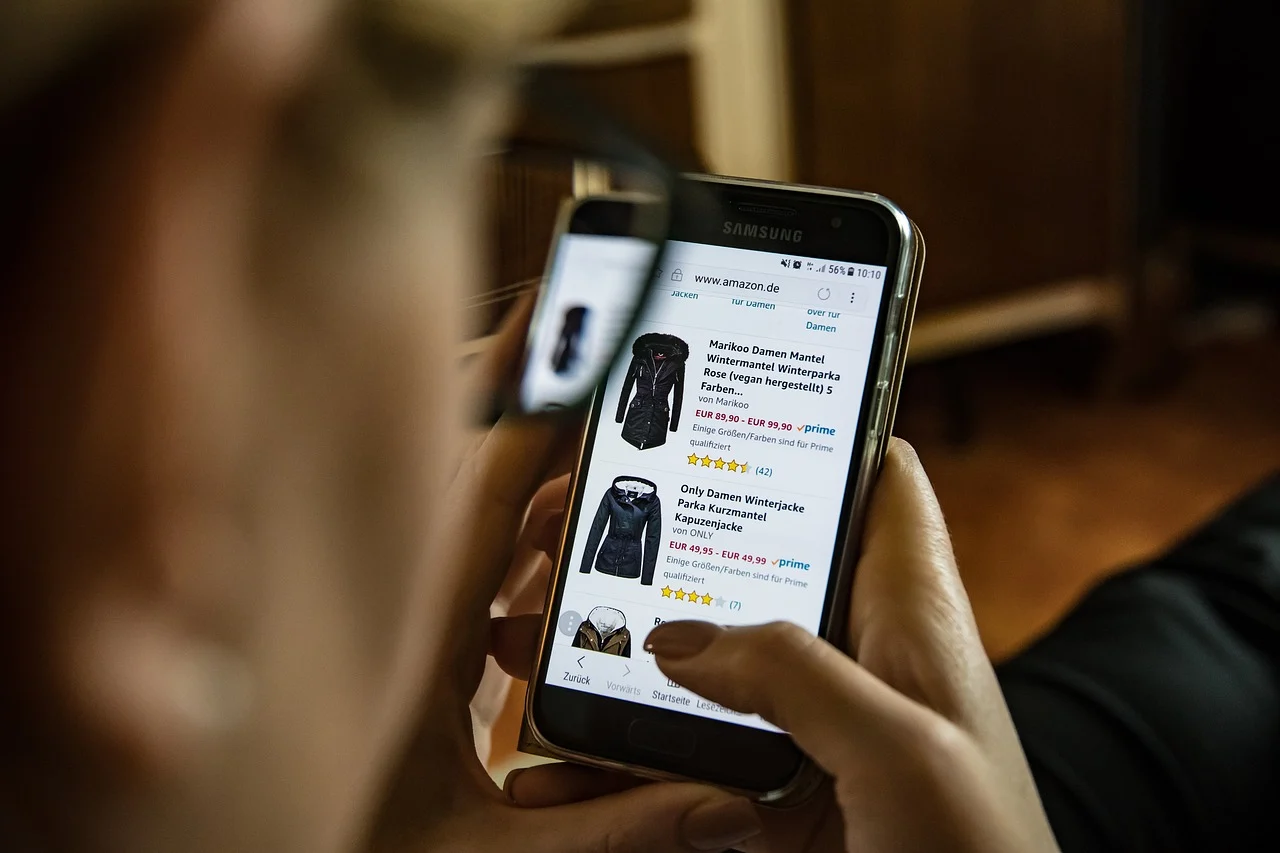By Contributing Author
This spring has been barren for non-essential retailers. Shops specializing in everything from jewelry to fashion to home goods are not generally considered essential businesses, and thus their brick-and-mortar locations have been forced to close all across the country. This has forced these merchants to consider bringing their sales online even in industries where that business model may not have made as much sense in the past. Meanwhile, the seasons are changing, and in many instances, shop owners have found it difficult to change their inventory accordingly.
Bringing Sales Online
From cutting-edge fashion boutiques to high-end home goods retailers, there are many brick-and-mortar retail businesses that do not have corresponding online storefronts. For fashion boutiques, owners may have been put off by the headaches involved in constantly keeping up with current trends, as well as integrating inventory management between their brick-and-mortar and online stores.
Higher-end home goods stores count on customers’ ability to examine each item in person and visualize the way it would potentially integrate to their home in order to make the sale. Both of these concepts also rely on the personal touch that can only come from a knowledgeable and effective salesperson. In the past, these may have been legitimate reasons for a store owner to keep their actual retail operation offline even if they pursued online marketing through social media. Now, however, there is ample reason to give online sales a whirl.
Many of today’s retail POS systems also integrate with ecommerce software. This allows a shop owner to setup an online store without starting from scratch. Given the unprecedented clarity of today’s HD cameras and the ability of most shoppers to quickly download and display high-quality photos, merchants can put life-like representations of their stock online.
In the past, integrating inventory management between physical and virtual stores was a challenge. It usually involved lots of manual data entry to update the online system with the changes in stock driven by sales at the physical location. Now, many POS systems can handle this behind the scenes with little effort required by managers or staff. Shop owners can choose to either have items delivered or ask local customers to come pick them up curbside.
Once a shop goes online, the trick is letting both current and prospective customers know that they now have the opportunity to purchase goods this way. Fortunately, with modern social media marketing as well as advertising through traditional media organizations, getting the word out need not be as expensive as one might think.
What To Do With Standing Inventory
The changing situation has led to many shop owners finding themselves stocked with inventory that, for logistical and consumer confidence reasons, they have not been able to move. Now, as spring inexorably moves towards summer, clothiers need to make room for summer lines and home goods stores need to turn toward outdoor items.
Fortunately, modern inventory management software makes it easy to see which items need to be marked to move. Combine lower prices with a new online store, and bargain shoppers with time on their hands can help clean out some stock. Store owners who have the space may be able to hang onto some low margin items for the fall season. And with today’s iPad POS systems, store owners don’t even need to be in the store to manage their inventory.
While retailers of all stripes grapple with uncertain times, those considered non-essential can at least make some modifications that will allow their business to continue to operate – even if at a fraction of their typical sales volume. With smart, integrated inventory management ecommerce sales channels and social media marketing, they can weather the storm and position themselves to resume normal operations when circumstances warrant.
Learn how a modern retail POS system can make life easier for small business owners during these challenging times.




